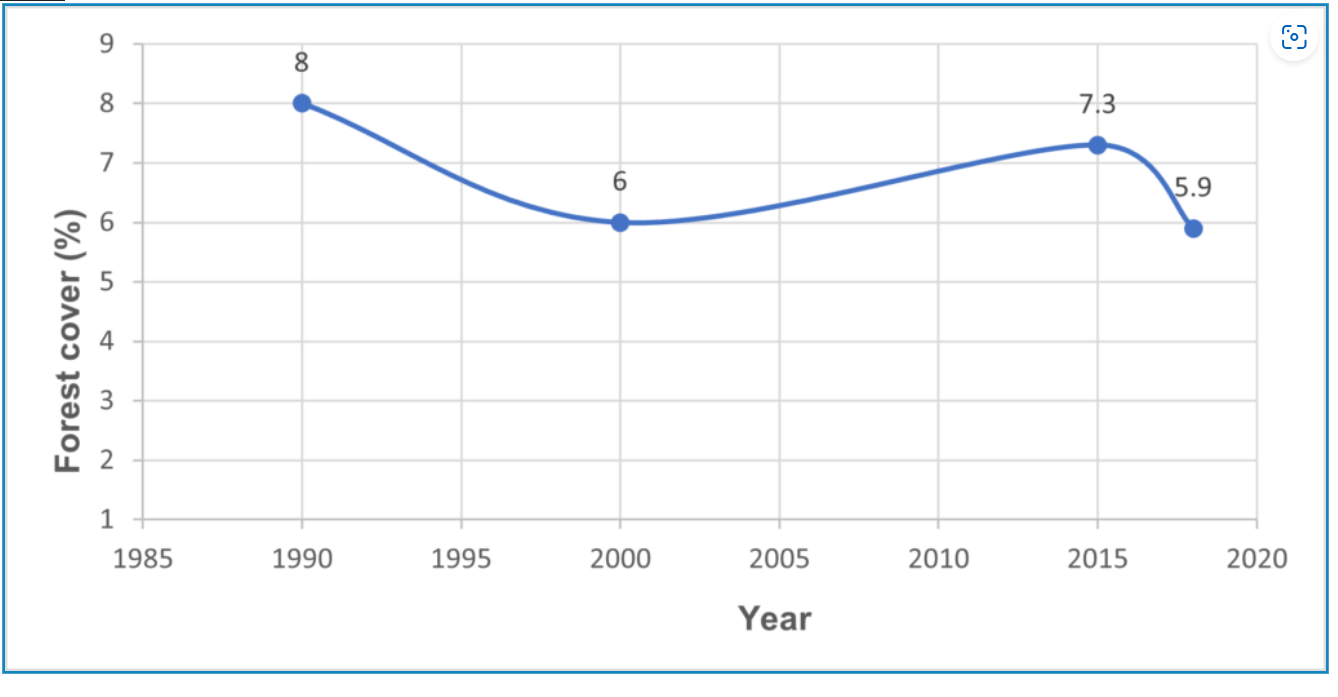At the start of its tenure, every government rolls out an economic strategy to propel its country towards economic growth and development. In the case of Kenya, President Uhuru Kenyatta’s government, in its second term, came up with the Big Four Agenda was it. It aims at realizing; Food Security and Nutrition, Manufacturing, Universal Health Coverage (UHC) and Affordable Housing. All this is a bid to realize Vision 2030 or as I may Christen it, “The Kenyan Dream”.
Effects of the COVID-19
The strike of the COVID-19 pandemic however saw the government put this strategy to a momentarily halt to mitigate the spread of the virus that has proven to be a menace. Though the pandemic has proven to be pretty damning and has taken a toll on the economy, the government and the Kenyan people have shown great resilience and will power towards controlling the spread and effects of the disease. It is in the same spirit that I believe that the government has the potential to put back the economy on track and realise the Big Four Agenda.
Potential of Health Sector
The health sector plays a vital role in a country’s economic growth, productivity, poverty reduction and eradication. Healthy people translate to productive people. Universal Health-care, aims to see that all individuals and communities have access to quality essential health services as well as to ease their financial hardships that are incurred due to medical related expenses, which is a noble course.
However, the health care sector has several challenges that have to be addressed if UHC is to be realised. Corruption has been one of the greatest challenges that cuts across all sectors in the country. In the words of Pope Francis, Corruption is a Cancer that needs to be nibbled in the bud. Misappropriation and looting of funds meant to be used in the health sector is rampant. Funds meant to be used to pay salaries and procure medical equipment have ended in bellies of gluttonous officials and administrators in the health sector. Inadequate allocation of resources, unattained ratio of health practitioners to population, unequal distribution of health facilities and unaffordable health insurance are other challenges. All efforts will prove futile if these are not addressed completely. These challenges can be overcome.
To achieve Universal Health Coverage, the following could be done.
Increase funding of the health sector. This will be done through the revision of budgetary allocation on mega projects such as infrastructure development, allowances of high-ranking government officials and military. The average budgetary allocation of the health sector is at 9% despite the Abuja declaration that stipulated that it should be at 15%. This will go a long way in ensuring there are more funds for the health sector.
NHIF services should be overhauled to extend its services to more Kenyans. Only 16% of Kenyans are covered by NHIF and 1% by private health insurance providers. This leaves the majority population with no health insurance. One of the reasons for the low number is that Kenyans have become sceptical in enrolling in NHIF for fear of losing investments. The government should make efforts to change the attitude of its citizens towards enrolling for health insurance services.
Many public hospitals are in a sorry state. They are underequipped. If Universal Health Coverage is to be realised, there should be procurement of more medical equipment such a s CT-scan and MRI machines. The number of beds in wards and ICUs should be increased too.
Upgrading hospitals is also necessary and should be given priority. One national hospital in Kenya is not enough. There’s should be several national hospitals spread out across the country to bring medical services nearer to the citizens. These national hospitals should be in strategic positions for example, Nakuru, Mombasa and Kisumu. Cancer and dialysis centres should also be increased as Cancer has proved to be prevalent in the country. This will decongest Kenyatta National Hospital and also see a reduction of medical expenses due to travel to Nairobi to Kenyatta National Hospital.
The government should also see that more medics are trained. Scholarships would come in handy. This will see the desired ratio of health practitioners to population. It will also ensure that they are not overworked.
Doctors in Kenya have held strikes severally in the past years. They seek to get higher salaries, a better working environment, employment of more doctors to ease doctor patient ratio and the improvement of dilapidated public health facilities. The grievances of doctors should be addressed if they are to offer quality services and proper medical care.
Streamlining of parastatals in particular, Kenya Medical Supplies Authority (KEMSA). The supply of medical equipment to public hospitals should be checked to avoid corruption. The KEMSA scandal saw loss of millions of money meant for procurement and distribution of personal protective equipment to Healthcare workers who were in the frontline in the fight against COVID-19.
For the Big-Four-Agenda to be feasible by 2022, other than the above-mentioned measures, stringent measures should be put in place against offenders in the health sector. Corruption cases should be dealt with appropriately with those caught prosecuted and sentenced as seen fit. This will discourage others against misappropriation of funds and abuse of office.
If the government takes into consideration the above measures, Universal Health Coverage can be realised and by extension, the Big Four Agenda. This will raise the living standards of Kenyans. It will also see the dream of our founding fathers realised; that poverty is eradicated in Kenya.The
By Kevin Ngare, a student at Turkana University College





